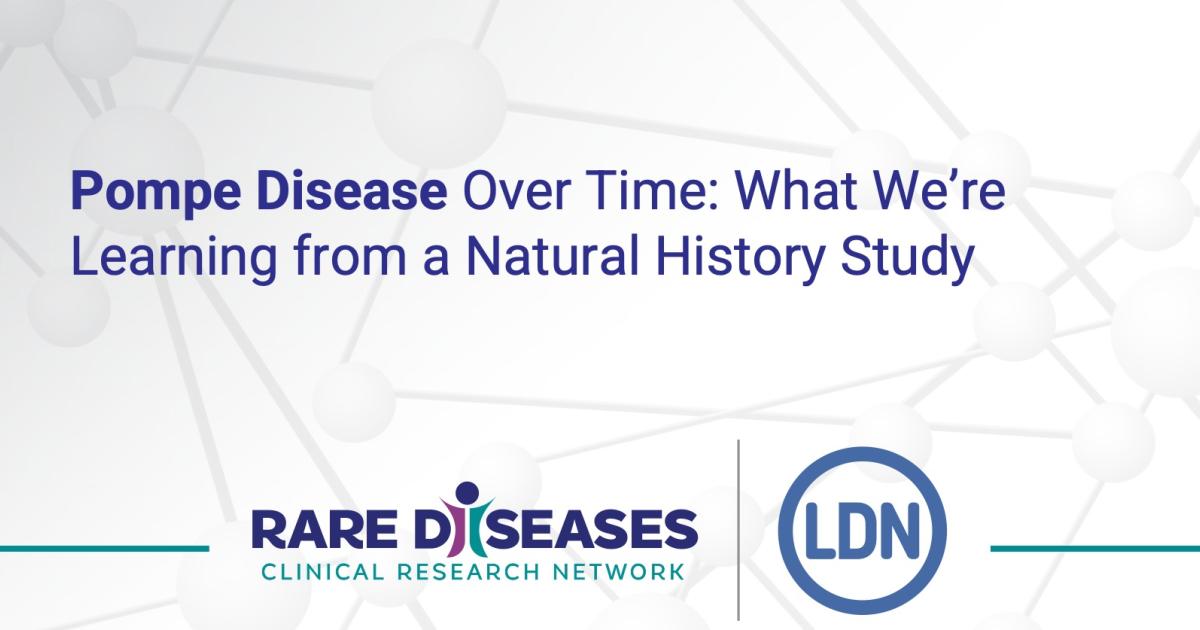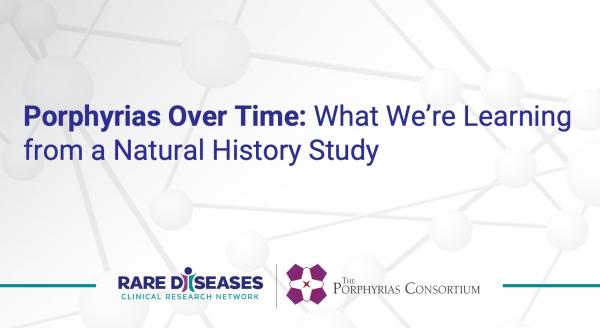Pompe disease is an inherited lysosomal disorder caused by an acid alpha-glucosidase (GAA) enzyme deficiency that cannot break down glycogen. Patients are classified into infantile-onset and late-onset.
Patients with infantile-onset Pompe disease are at the most severe end of the disease spectrum, with symptoms including hypertrophic cardiomyopathy (heart muscle weakness causing its enlargement), failure to thrive (problems with infant feeding and growth), hypotonia (low muscle tone), hepatomegaly (liver enlargement), hearing loss, developmental delay, progressive respiratory and skeletal muscle problems, and death in the first year of life if left untreated.
Patients with late-onset Pompe disease can present as early as within the first year of life up to the sixth decade of life. The differentiating feature between infantile-onset and late-onset is the absence of cardiomyopathy in the first year of life in late-onset. Patients experience symptoms including proximal lower limb muscle weakness, respiratory insufficiency, and challenges with activities of daily living.
To learn more about Pompe disease, the Lysosomal Disease Network (LDN) is conducting a natural history study, “Lysosomal Disease Network Longitudinal Study of Pompe Disease.” The team is exploring the developing natural history of Pompe disease in both treated and untreated patients, as well as evaluating the success of immunosuppressive therapy for cross-reactive immunological material (CRIM)-negative patients and CRIM-positive patients who are at risk for complications of enzyme replacement therapy.
Here, lead investigator Priya Sunil Kishnani, MD, MBBS, and Brad Crittenden of the Canadian Association of Pompe share more about the study and what it’s like to participate.
What are we learning about Pompe disease from this study?
Dr. Kishnani: Pompe disease encompasses all patients with GAA enzyme deficiency. Patients are broadly classified as infantile-onset and late-onset. The vast majority are individuals with late-onset (~80%). However, findings on infantile-onset are guiding our understanding for late-onset.
For example, children with Pompe are now living longer with enzyme therapy. Because these children previously did not live beyond the first year of life, we were not aware of some of the phenotypical features. As we learn more about the neurological and musculoskeletal features of infantile-onset Pompe, these learnings also have applications for adults with late-onset Pompe.
Through this study, we have also learned about the unmet needs of patients with Pompe, which has shaped the field for next-generation therapies. We recognized that previous therapies were insufficient at targeting skeletal muscles, so a next-generation therapy which could better target skeletal muscle was needed to improve patient care. This provided guidance to sponsors for next-generation enzyme therapies, because there was already sufficient proof in the field from clinical work with large numbers of patients.
We are also learning about immune response to enzyme therapy and the negative impact of high-sustained antibody titers, which could result in reversal or plateauing of the clinical benefits of enzyme replacement therapy. As part of the LDN, we’re working with physicians and collaborators from around the world to study this negative impact and explore how we can prevent this immune response. We have now developed an immune tolerance induction protocol for both those who are at risk at the start of enzyme therapy and those who have had a break in tolerance after receiving enzyme therapy. Now we have an algorithm for managing these cases very successfully, where we are able to prevent or reverse the immune response and allow for continued benefit from ERT. This, to me, has been a landmark. These protocols are really guiding the field, not just for Pompe, but also for other lysosomal diseases and other conditions treated with ERT.
Why is it important for Pompe patients to become involved with natural history studies?
Crittenden: Patients are the only ones who can contribute their lived experience to the understanding of the natural history of any disorder. That experience can be shared through assessments or through patient-reported outcomes. Pompe is a rare disease, so collecting enough data isn’t easy. Patients have an opportunity to share their data, making the study a better tool to guide research and patient care.
How will this study contribute to clinical trial readiness?
Dr. Kishnani: I believe this study has already helped significantly with clinical trial readiness—one aspect is the discovery of more subtle endpoints which have not been previously considered. For instance, eyelid muscle weakness, or ptosis, is something that we now recognize as part of the clinical course. This was possible due to natural history studies and systematic follow-up. So, we developed a tool as a clinical trial endpoint for a next-generation ERT, which showed a positive change as compared to standard of care ERT.
What excites you about this study?
Crittenden: As more treatments become available, the natural history of Pompe patients gets complicated. This will help us to understand the relationship between age of symptom onset, type of treatment, and other factors. It will help to develop a more flexible natural history of Pompe disease.
What are some of the successes and challenges of this study?
Dr. Kishnani: Because of the LDN, we’ve been able to conduct this study virtually in a very efficient way. Patients don’t have to come to Duke University—the study can be done at each treating site, including remote sites. This has allowed us to grow a wealth of knowledge, experience, and expertise in different parts of the world. We have networked, provided treatment algorithms, collected natural history data, and impacted change. Think about if this study was done as a clinical trial—how expensive it would have been, how difficult it would have been—and here we’ve been able to do this in a seamless manner as part of clinical management and standard of care. This would not have been possible without the LDN.
I think one of the challenges has been data collection—trying to get information, sometimes, from a very busy clinician is a challenge. We’ve tried to address this with persistent follow-ups.
How will this study impact patients’ lives?
Crittenden: Developing a better understanding of the natural history of Pompe will give researchers a better understanding of the disease and where gains can be made in treating Pompe. It will aid physicians and patients in making well-informed treatment decisions. Making the best decisions will help patients live longer, healthier lives.
Dr. Kishnani: Through gathering information about enzyme therapy, immunogenicity, biomarkers, and unmet clinical needs, we have helped improve patient care. In terms of the future, this study has opened the floodgate for many sponsors interested in Pompe. They are all trying to address different aspects of the disease, whether it’s through a gene therapy approach, next-generation enzyme therapy, or small molecule approach. Because we’ve raised awareness of what the unmet needs are and identified usable endpoints, it lowers the bar for someone to come in and build on what we have discovered about this rare disease.
"Lysosomal Disease Network Longitudinal Study of Pompe Disease" is currently recruiting. Learn more about the study and how to join.
The Lysosomal Disease Network (LDN) is part of the Rare Diseases Clinical Research Network (RDCRN), which is funded by the National Institutes of Health (NIH) and led by the National Center for Advancing Translational Sciences (NCATS) through its Division of Rare Diseases Research Innovation (DRDRI). LDN is funded under grant number U54NS065768 as a collaboration between NCATS, the National Institute of Neurological Disorders and Stroke (NINDS), and the National Institute of Diabetes and Digestive and Kidney Diseases (NIDDK).






